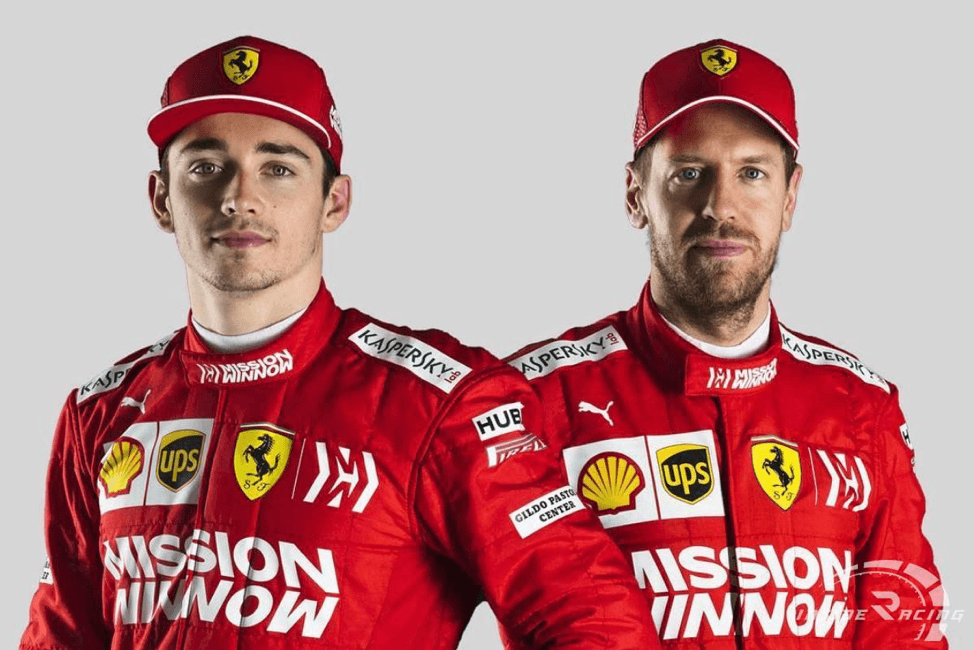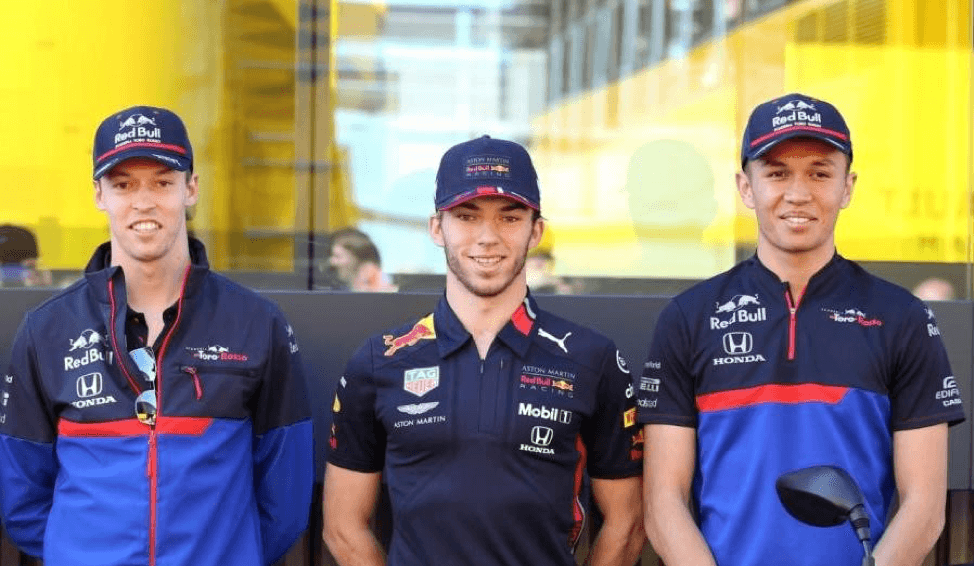SINGAPORE GRAND PRIX: LIGHTS OUT, FASTEN YOUR SEATBELTS

As Singapore prepares itself for the annual racing party that will kick into gear on the 22nd of September, the hype around the only Asian circuit continues to grow exponentially. Set against the backdrop of an illuminated Singapore skyline, the futuristic urban paradise hosts Formula 1’s one and only night race on the calendar. If captured from the bird’s eye view, the Marina Bay circuit on race day is as glamorous as anything in the racing kingdom. All of this, combined with the thrill of witnessing twenty race machines flaunting their latest technological advancement on track helps Singapore attract a huge audience from all over the planet.
After being put back on the calendar in 2008, post 35 years of exile, the event has only grown in stature and has become the calendar’s true highlight. Fuelled with luxury and an enchanting carnival in the city, the party lasts all week long in the Bay. The status of the only night race makes it a shining jewel of F1.
Singapore GP is the only racing event approved by the FIA (Fédération Internationale de I’Automobile) that is allowed to run under lights. This not only adds a bit of excitement to the championship, but primarily allows the race to be broadcasted in the UK at lunchtime.
The track is embellished with over 1500 special lights, approved by the FIA’s regulations for broadcasting and to avoid glare. This makes it one of the most physically demanding races because of reduced lighting and humid conditions. The track is lined with 1600 tech pro barriers, for additional safety in an event of a crash.

Singapore lights up for the racing event
For as glorious as the event may seem, it is probably the hardest place to be for the drivers. The conditions are gruesome behind the wheel, with temperatures rising up to a scorching 60 degrees Celsius. In these sauna-like conditions inside the cockpit, the drivers lose about three kilograms of fluids over the distance. A 5-kilometer track to be lapped 61 times, the driver’s fast pace through approximately 309 kilometers before seeing the chequered flag.
The circuit boasts of 23 turns over the course of a single lap, which is the most in any Formula 1 circuit. All these conditions have marked the track as a ‘Car breaker’ and it is definitely not an easy race to win.
Like any other track, Singapore too has had its fair share of drama. Infamously known as the ‘Corner Crash of 2017’, the multimillion-dollar carbon crunch involving both the Ferraris and Max Verstappen’s Red Bull comes second on the list. This brutal collision is dwarfed by 2008’s ‘Gate crash Scandal’ in which Renault’s-then driver, Nelson Piquet Jr. was allegedly ordered to crash his own car so that Fernando Alonso could clinch the victory. This launched a FIA investigation which banned Renault for the next two seasons.
Only four of the sport’s champions have managed to win this tough race with rivals, Hamilton and Vettel each emerging as winners on 4 occasions, which is quite the feat. Alonso and Rosberg follow them in the list with two and one wins respectively. But surprisingly it’s Kevin Magnussen who holds the record for top speed in the Marina Bay. The Danish driver of Haas clocked a frightening speed 315 kmph in 2018.
Red bull leaps Ferrari and Mercedes in podium appearances with 12 podiums to their name, while the two racing giants have only 6 each. Adding to the list of ridiculous stats, since 2009, if the pole sitter hasn’t won the race, he has retired.
With two DRS activation zones and detection zones each within the streets of Singapore, the chances of spotting a safety car are pretty high over the course of the race. The silver Mercedes AMG safety car has been a regular feature of the Singapore GP with the car making an appearance for every race since 2009.
After the revival of the Asian special in F1, despite the tropical climate of Singapore, rain has not been a feature. Though, in 2017, it became the only night race to be held in wet conditions, a bit of rain is bound to bring some action on race day. Due to the physically demanding nature of the circuit and the irregular track, drivers had issues after the debut race in 2008. But regular changes approved by FIA have made it a little less bumpy circuit. With all the excitement around the race, FIA and Singapore penned down a new contract that will keep F1 in Singapore till at least 2021.
After over a decade under the lights, the tight, twisty race in one of the world’s great cities comes back to us in two days time. Expect fireworks on and off the field when the mechanical beasts go wheel to wheel. This weekend, darkness will truly come alive.
Read More
OUT WITH THE OLD, IN WITH THE NEW: A CHANGING OF THE GUARD AT FERRARI?
KABIR ALI
FEATURES



